Impact and History of Third Parties in American Politics (Presidential Elections)
Republicans (Elephant) and Democrats (Donkey)
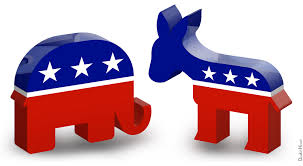
American Two Party Evolution
The American party system grew uniquely from the British idea of a "loyal" opposition to government - British subjects who were loyal to the Crown but believed other policies were better for the country.
George Washington as the role model for the presidency decried the partisan party system. But partisanship developed during his presidency between Alexander Hamilton (Federalist) and Thomas Jefferson (Democratic-Republican) among many others. The Federalists basically believed in a strong central government to make laws applicable to all states and favored trade especially with Britain. In contrast, the Democratic-Republicans favored the states having greater rights with the federal government weaker and more focus on helping agricultural sector.
Since the start of the republic, American voters have historically supported only two main parties over time - Democrats (Democratic-Republicans) and Republicans.(Federalist/ Whig/ Republican). At various times, single or narrow issue alternate parties have evolved (industrial reform, workers' rights, free silver, slavery stances, segregation, etc.), but either the major parties absorbed main issues or they never kept enough voting interest to grow. But they may have very important influence in the country at the time - especially when they take votes from one of the major parties and help sway an election.
After the Federalist Party dissolved in the early 1800s, remnants of the Federalists and others who opposed President Andrew Jackson and his direction of the Democrats formed a new party called the Whigs. The name is a nod to the English anti-monarchist party. The Whigs were the alternate to the Democrats until the 1850s. After the Compromise of 1850, the Whigs could not agree on the direction of the party and fell apart. Thus begat the Republican Party in the late 1850s and the startling victory in 1860 of Abraham Lincoln with a plurality vote. Since 1860, the Democrats and Republicans have stabilized as the pillars of the American voting system.
Third Party Major Impact Elections
Election of 1860 - New Republican Party
Forming only 6 years prior, Abraham Lincoln ran on the newly formed Republican ticket. He beat out 4 other men in primary races, then faced candidates from 3 other parties - John Bell with the Constitutional Party, Stephen Douglas with the Southern Democrats, and John Breckinridge with the Northern Democrats. In the election, Lincoln on the plurality of votes with nearly 40%. The Republican Party strengthened into one of the two main parties of the nation.
Election of 1912 - National Progressive Party
After Theodore Roosevelt had served two terms as president, he left. His hand-picked successor was William H. Taft. Roosevelt did not like how Taft was governing, but the Republican establishment was behind Taft for re-election. So Roosevelt formed the National Progressive Party aka. Bull Moose Party to challenge Taft and other candidates for the presidency. (Roosevelt had declared himself as fit as a bull moose when asked by reporters.)
Eugene Debs ran as the Socialist candidate. Roosevelt helped to split the Republican vote with 29% and enabled Democrat Woodrow Wilson to win the presidency with a plurality of almost 42%.
Election of 1896 - Populist Party
This election was truly odd because 3 parties ran with the same candidate. William Jennings Bryan was a popular national figure who was pushing the U.S. government to use silver for coins which would help the indebted farmers across the nation. Three political parties (Democrat, Populist, Silver Republicans) offered him as candidate, and Bryan gave his famous "Cross of Gold" speech at the Democratic convention. With Bryan's popularity stretching across the country, he still only got 45% of the vote. Republican William McKinley won by getting the urban vote through New England, Midwest and the West coast, and the Populist fell apart after the loss.
Election of 1856 - American Party
The anti-immigration Know-Nothing party members recruited Millard Fillmore to run as candidate for the American Party. Republicans focused on anti-slavery and Democrats focused on state decisions about slavery. Fillmore and American Party got about 21%. Republican John C. Fremont won several Midwestern states. Democrat James Buchanan won.
Election of 1992 - Reform Party
Billionaire Texan Ross Perot headed the Reform Party and pushed for a balanced budget and a halt to defense spending. He got 18% of vote. Republican incumbent President George H.W. Bush had lost much conservative support by breaking a 1988 pledge to not raise taxes. Democrat Bill Clinton won.
Election of 1924 - Progressive Party
Robert LaFollette was a national leader for workplace reform and against American involvement in World War I. The Progressive Party pulled off 16% of vote. Democrat John Davis also lost. Republican Calvin Coolidge won.
Election of 1968 - American Independent Party
As if 1968 was not tumultuous enough, Alabama Governor George Wallace rode great Southern support opposed to desegregation and withdrawing from Vietnam War. Most of the 13% of the vote he received was in the South. He ran against Democrat sitting vice president Hubert Humphrey and Republican Richard Nixon. That year, Democrat Robert Kennedy was assassinated while pursuing the Democratic primary. President Lyndon Johnson had withdrawn from reelection. Republican Nixon won restoring Republicans to the White House after a long election drought.
Current Third Parties
These current alternate political parties have found most success in local elections.
Libertarian: Founded in 1971, the focus is primarily fiscal conservatism and social liberalism.
Green: Formed in the late 1980s to 1991 under various banners, the focus is racial/ gender equality, war opposition and concern for the environment.
Constitutional: Formed in 1992, they are conservative, right wing believers. Issues dear to them are gun rights, abolish the income tax and Social Security, and immigration controls.
Socialist Alternate: Formed in 1986, they promote unions, universal health care and reduced defense spending.
Modern Whig: Founded in 2007, they are centrist and military oriented.
Sources:
http://www.learnnc.org/lp/editions/nchist-antebellum/5421
http://www.history.com/topics/us-presidents/presidential-elections
http://wikipedia.org
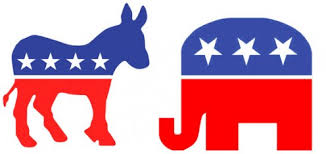
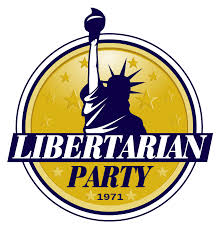
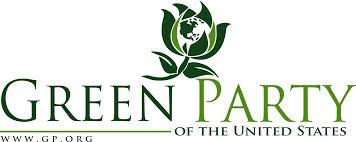

American Presidential Elections with Substantial Third Party Presence
1832 Anti-Masons (1st 3rd party contest)
1836 Liberty Party
1848 Free Soil
1856 American Party (Know-Nothings)
1860 Republican, Northern Democrats, Constitutional
1892 Populist (People's Party)
1896 Gold Democrats, Populists
1912 National Progressive (Bull Moose), Socialist
1920 Socialist
1924 Progressive
1948 Dixiecrat, Progressive
1968 American Independent
1980 Independent
1992 Reform
1996 Reform, Green
2000 Green
3rd Party Influence Question
In which election do you think a Third Party had the most impact on U.S. history (either bringing an issue to forefront or for who won the presidency)?
Party Issues
Name
| Main Issue(s)
| Date Formed
|
|---|---|---|
Republican
| Fiscal conservatism, pro-business, pro-defense, more conservative social stances
| 1854
|
Democrat
| Greater government spending on social issues, less military spending, more government regulation, general support of universal healthcare, progressive tax rate hikes, generally more liberal on social issues
| 1796
|
Libertarian
| Desire minimum involvement of government in private lives/ economy, maximum freedom for invidudual lives
| 1971
|
Green
| Favor regulation reducing industrial pollution, helping the environment, exposing corporate fraud and abuse
| Late 1980s
|
Constitution
| Anti-Gun Controls, anti-Common Core academic standards, against Obama Care, pro-illegal immigration controls and against amnesty for illegal immigrants
| 1992
|
Socialist
| Reform trade policies, $15/hr minimum wage, massive withdrawal of U.S. overseas presence, more labor rights
| 1898/1901
|
Modern Whig
| Voting reform, Infrastructure investment, tax reform
| 2007
|
Sources: Websites of parties & general information
Political Images
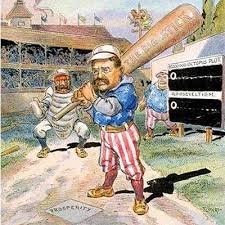
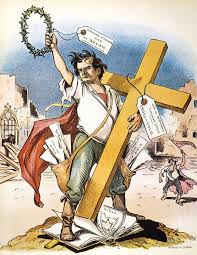
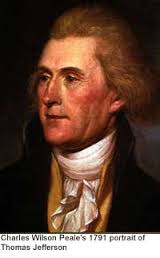
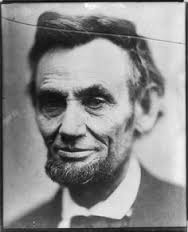

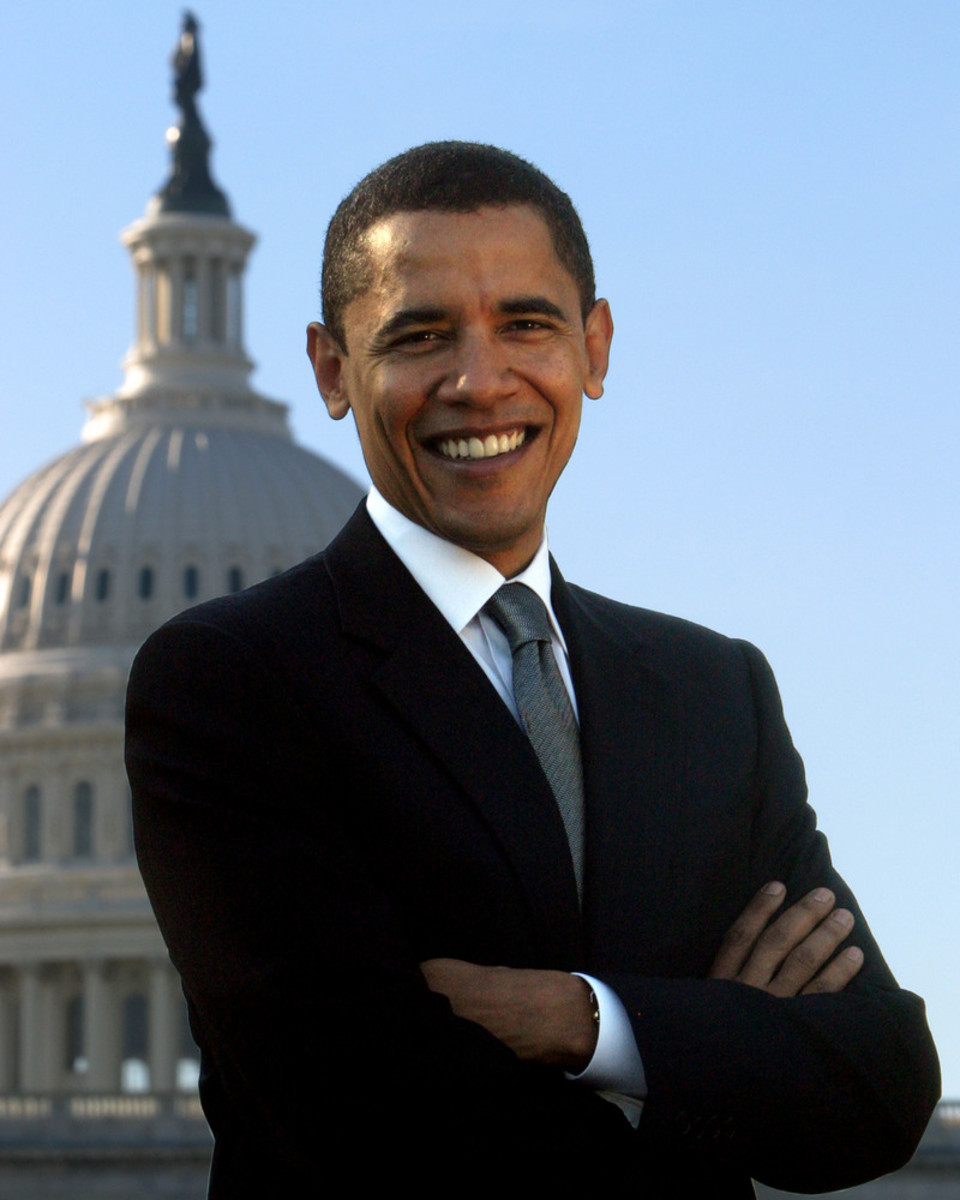
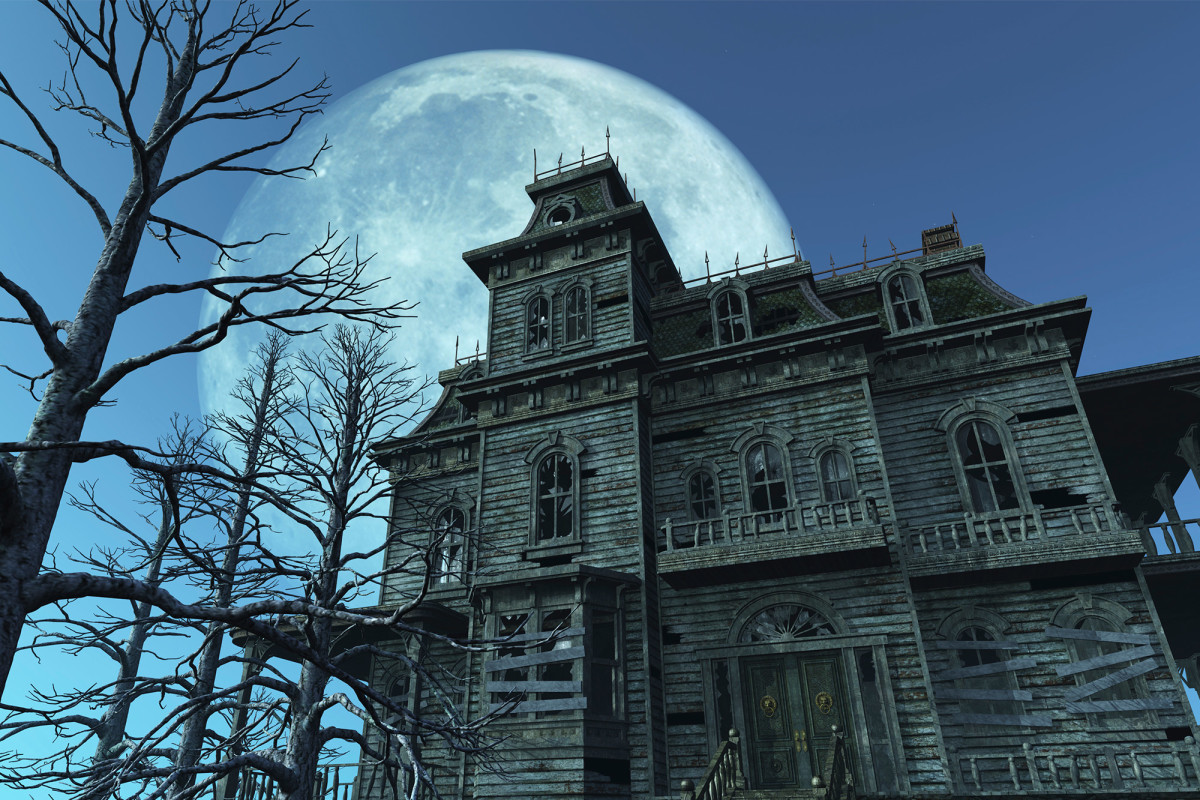
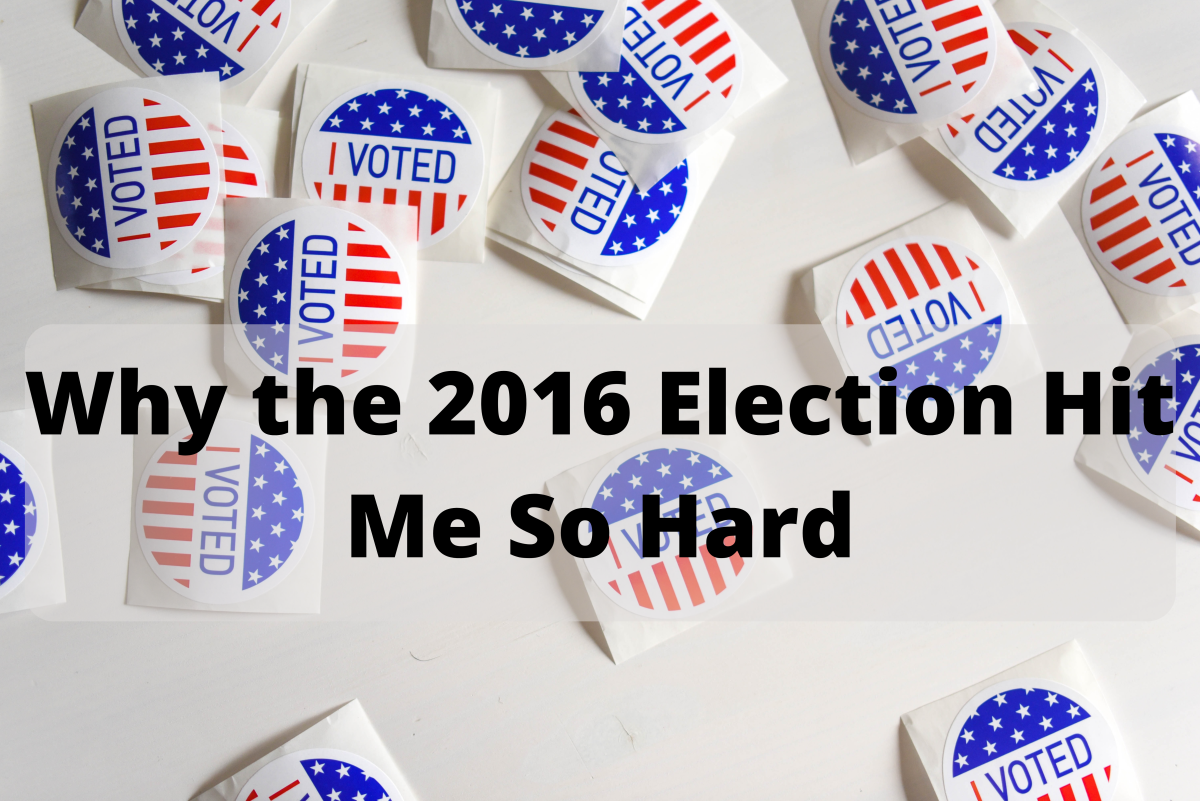
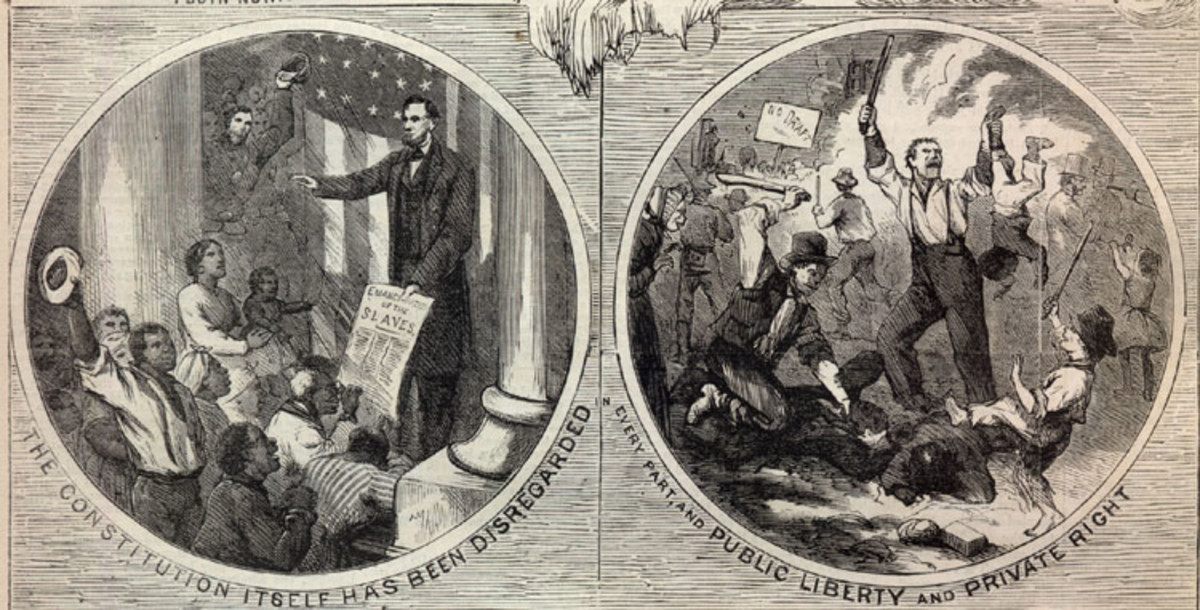

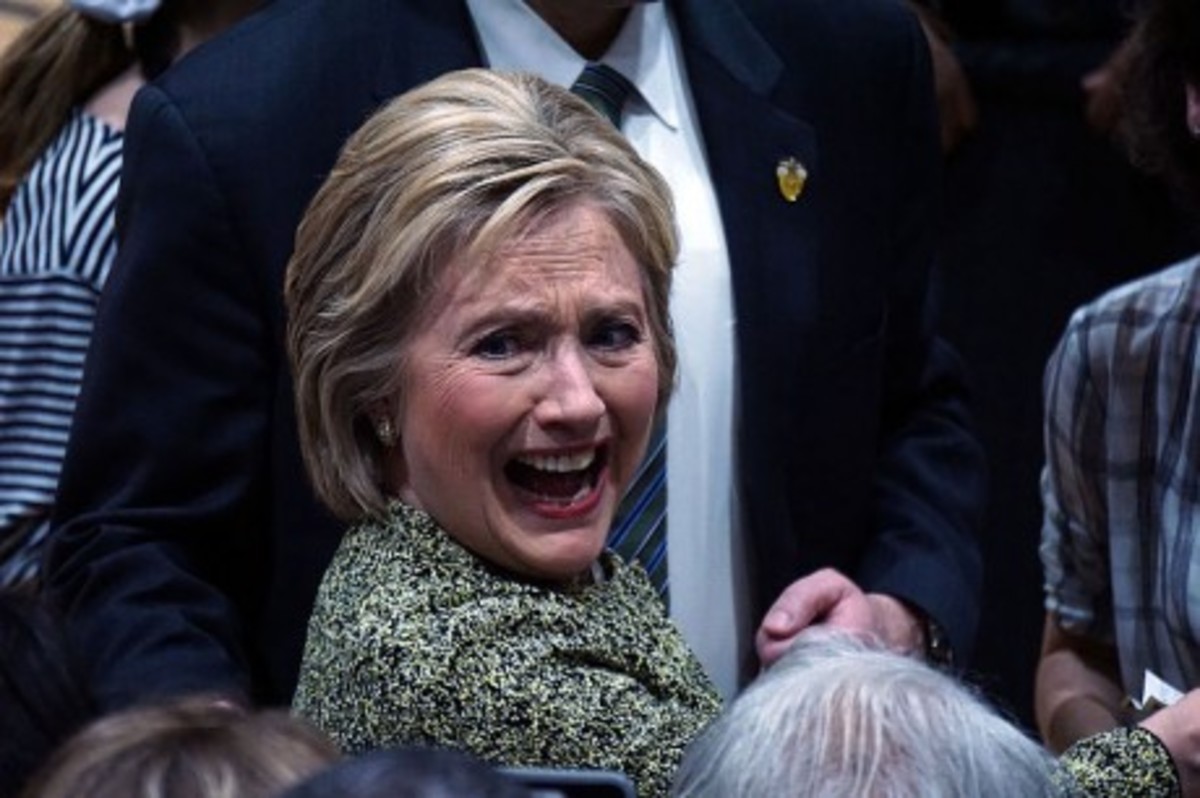
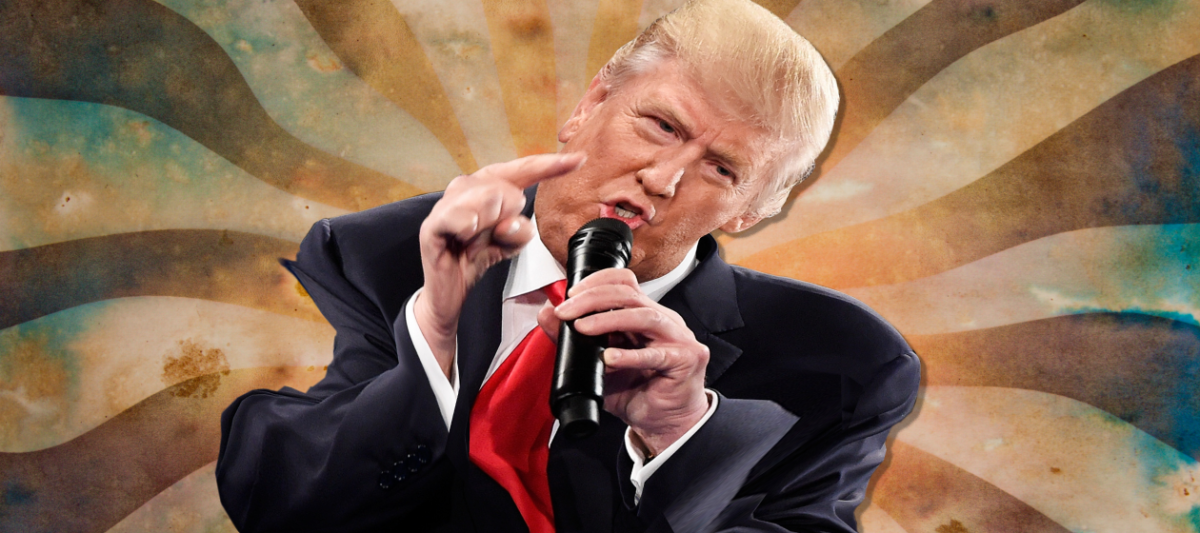
![American Politics: The BIG LIE in Politics, From The Republican Presidential Convention [124] American Politics: The BIG LIE in Politics, From The Republican Presidential Convention [124]](https://images.saymedia-content.com/.image/t_share/MTc2NDYyMjI1MzEyNjU1MzIy/the-big-lie-in-politics-from-the-conservative-side.jpg)